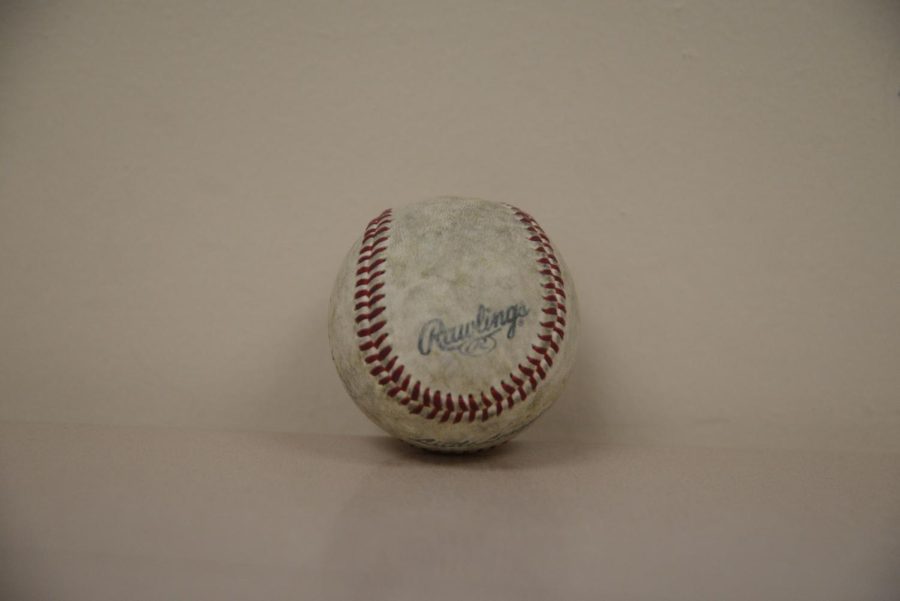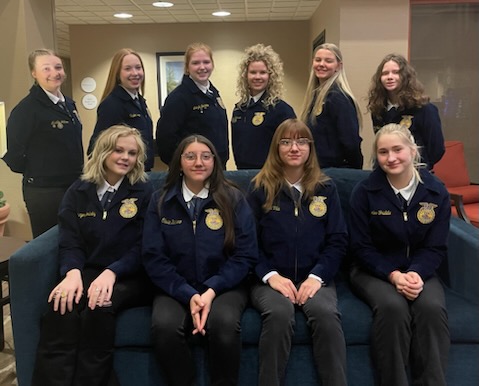MLB’s New Deal
March 16, 2022
Major League Baseball was in the midst of a lockout that lasted just over 99 days. The MLB and the MLBPA were able to work out a compromise on March 10th and end the first work stoppage since 1990.
Their new deal was seen as one of the few collective bargaining agreements that did not further tilt the scales towards the owners. It expanded the rights for Minor and Major Leaguers, while also giving some concessions to the league and their group of owners to finally end the lockout.
Some provisions included in this agreement include the right for the MLB to add a pitch clock, make the bases bigger, and ban the shift. The purpose behind enlarging the bases is to reduce injuries that take place at first base.
There will be no “extra” game to break tiebreakers in the standings, and no runner on second to start an extra inning.
To discourage tanking, a draft lottery will be implemented, similar to the NBA’s process so that there cannot be tanking to earn the number one pick.
Teams are once again allowed to retain a player’s rights for one year if that player chooses to play for a junior college. The team can then sign them after one year of playing college ball.
The new minor league pay scale has increased by over 20%, which is a huge win for players in the farm system. Also, it reduces the amount of times players can be sent down to the minors in a season.
There is also discussion of a new international draft to increase the opportunities for overseas talent and expand the borders of the MLB even further.
However, one of the most impactful changes is the decision to add a designated hitter to the National League. For the first time in the modern era, pitchers will not hit unless they are selected as the DH, which is rare unless your name is Shohei Ohtani.
Also, the playoffs have been expanded to 12 teams which will allow two more teams to have a shot at the Fall Classic.
This CBA is a major win for the players at any level, whether playing in Single-A or a superstar in “The Show”. MLBPA representative, and ace pitcher Max Scherzer led the negotiations. Ultimately, the changes will expand the viewer base of Major League Baseball and change the game for the better.










